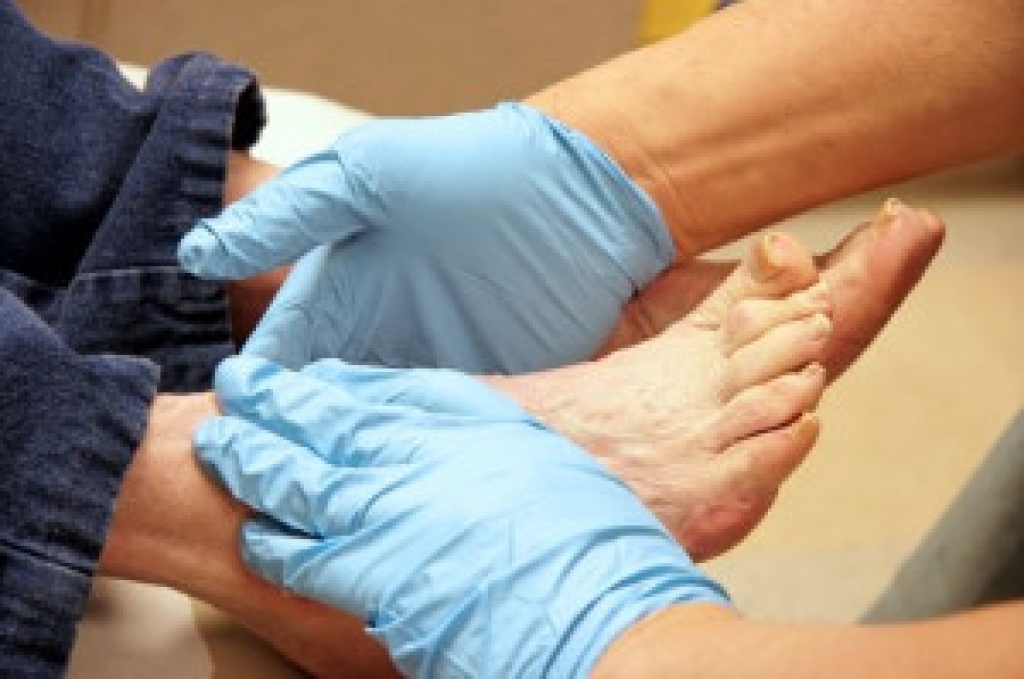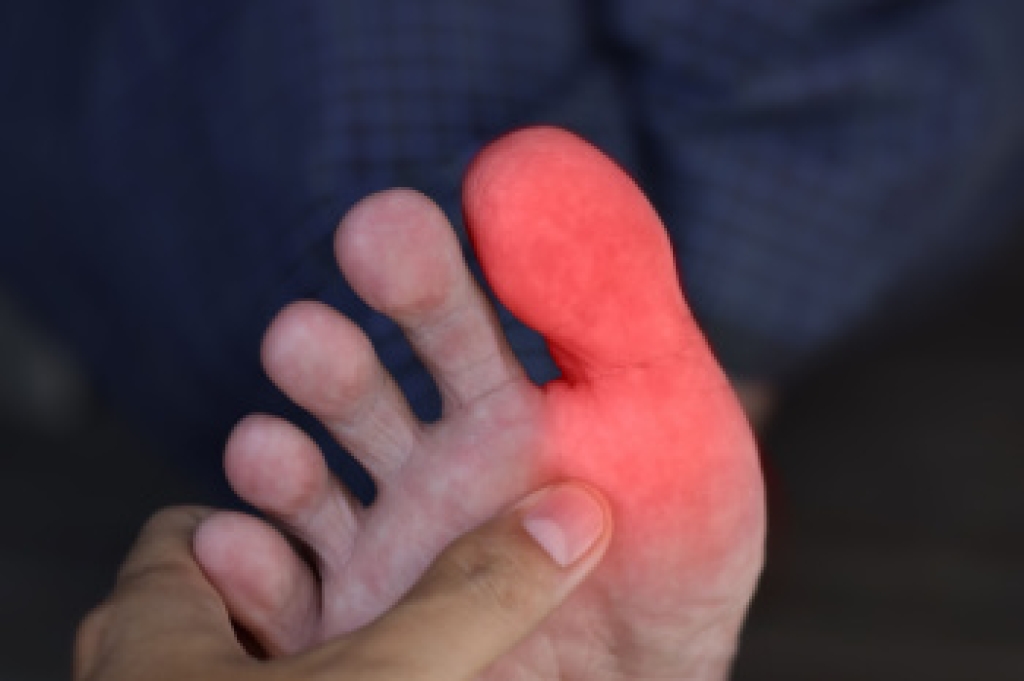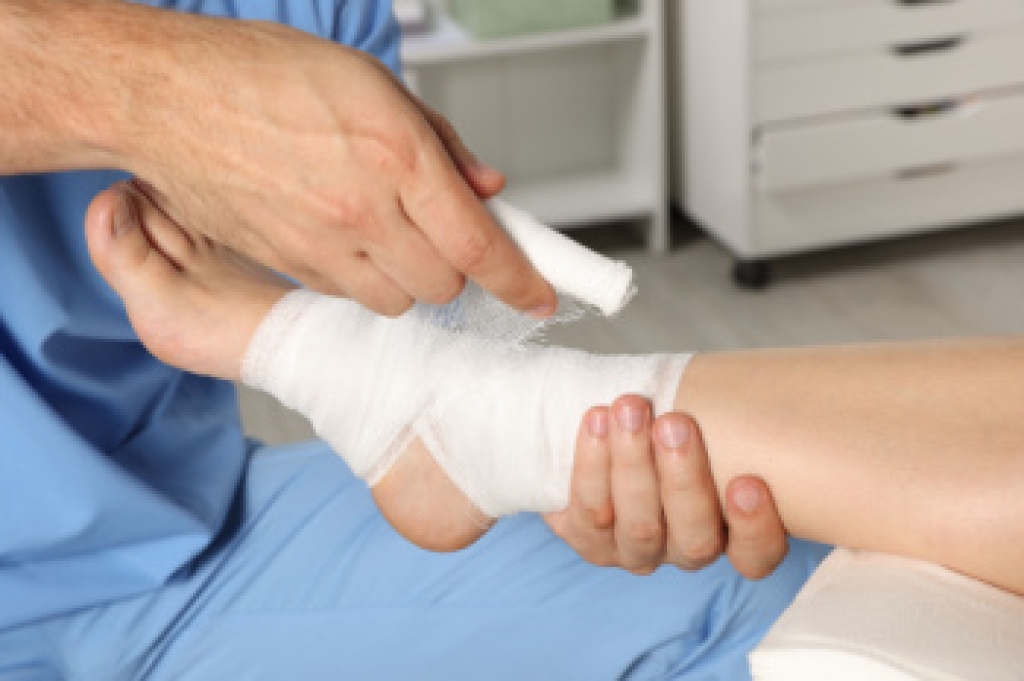
An ingrown toenail develops when the edge of the nail grows into the surrounding skin, often leading to pain, redness, and infection. When the problem becomes persistent or severe, a podiatrist can perform a minor procedure to remove part or all of the ingrown toenail. The procedure is typically done under local anesthesia to keep the area numb. Depending on the severity, a podiatrist may perform either a partial or a total nail removal. A partial removal, called a wedge excision, is designed to eliminate the part causing irritation, where a total removal affects the entire nail. In some cases, a podiatrist may apply a chemical or use heat to prevent the problematic part of the nail from regrowing. After surgery, proper wound care and footwear that allows adequate toe space are important to help healing and prevent recurrence. If you have a problematic ingrown toenail, it is suggested that you make an appointment with a podiatrist for a diagnosis and treatment.
Ingrown toenails may initially present themselves as a minor discomfort, but they may progress into an infection in the skin without proper treatment. For more information about ingrown toenails, contact Ramin Nadjafi, DPM of Advanced Podiatry Group. Our doctor can provide the care you need to keep you pain-free and on your feet.
Ingrown Toenails
Ingrown toenails are caused when the corner or side of a toenail grows into the soft flesh surrounding it. They often result in redness, swelling, pain, and in some cases, infection. This condition typically affects the big toe and may recur if it is not treated properly.
Causes
- Improper toenail trimming
- Genetics
- Improper shoe fitting
- Injury from pedicures or nail picking
- Abnormal gait
- Poor hygiene
You are more likely to develop an ingrown toenail if you are obese, have diabetes, arthritis, or have any fungal infection in your nails. Additionally, people who have foot or toe deformities are at a higher risk of developing an ingrown toenail.
Symptoms
Some symptoms of ingrown toenails are redness, swelling, and pain. In rare cases, there may be a yellowish drainage coming from the nail.
Treatment
Ignoring an ingrown toenail can have serious complications. Infections of the nail border can progress to a deeper soft-tissue infection, which can then turn into a bone infection. You should always speak with your podiatrist if you suspect you have an ingrown toenail, especially if you have diabetes or poor circulation.
If you have any questions, please feel free to contact our office located in Orlando, FL . We offer the newest diagnostic and treatment technologies for all your foot care needs.




